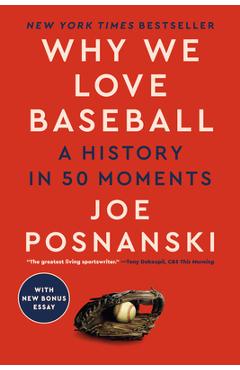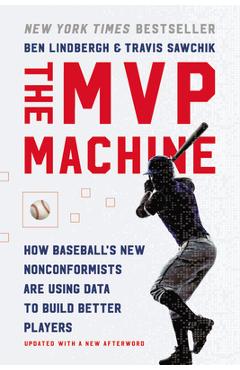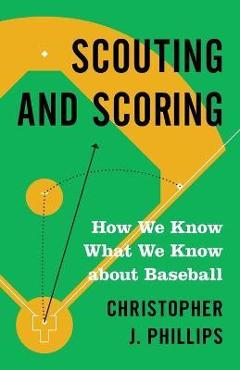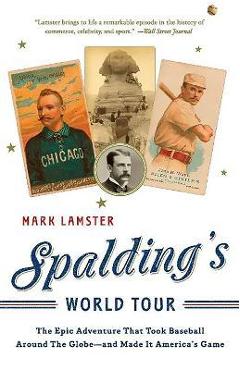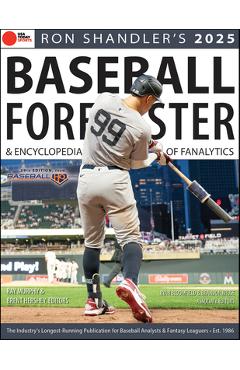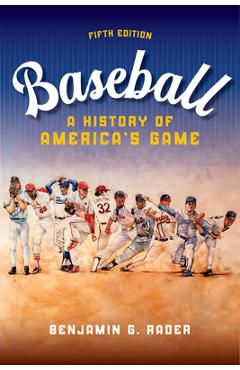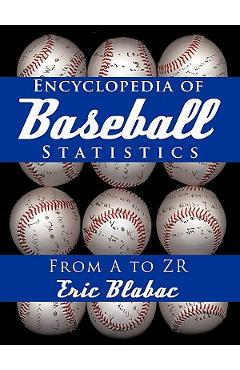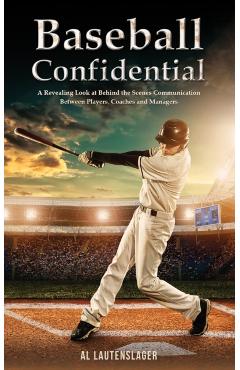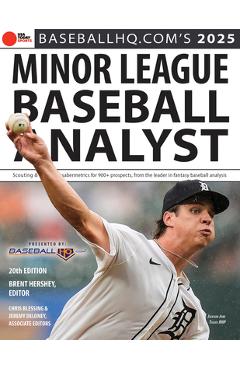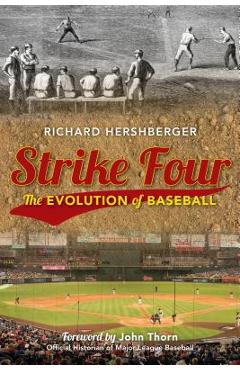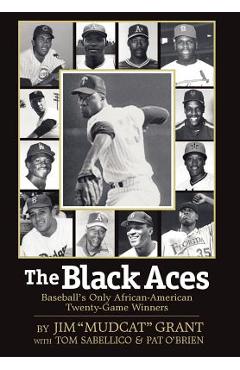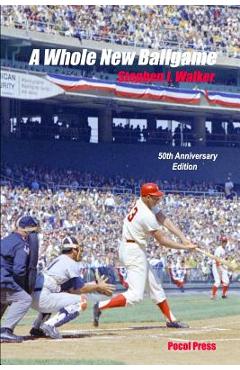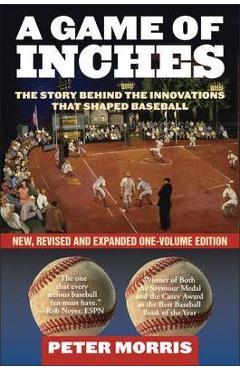Baseball Research Journal (Brj), Volume 52 #1
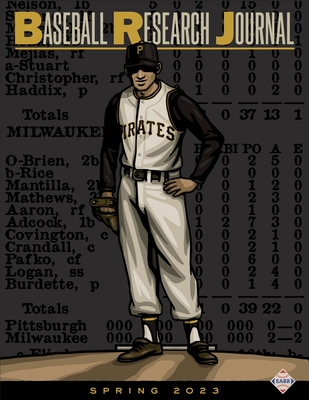
Baseball Research Journal (Brj), Volume 52 #1
Harvey Haddix pitched one of the most notable "near perfect" games in professional baseball history when he completed 12 perfect innings against the Milwaukee Brewers on May 26, 1959. Unfortuantely, Haddix lost the perfecto and the Pirates lost the game in the 13th inning. Although Major League Baseball decreed that such performances be removed from the "official" no-hitters list, those games make for an intriguing list of their own. Haddix's career was not without other highlights. A three-time All-Star, and three-time Gold Glove winner, he was also the winning pitcher of Game Seven of the 1960 World Series. ALSO IN THIS ISSUE: "The Death and Rebirth of the Home Team Batting First" by Gary Belleville In the early days of baseball, it was common for a home-team captain to choose to bat first, rather than last. Games could be played with a single ball, and so being the first team to take swings at a new sphere was believed to be advantageous. However, in the late 1880s Henry Chadwick was a strong proponent of batting last. He passionately advocated his position in print several times in 1888. In the August 8 edition of Sporting Life, he wrote, "Will the League captains kindly... point out wherein going to the bat first in a match equals the desirable advantage of having a chance for a winning rally which going to the bat last gives a team?" "Trades from Hell: A Tale of Two Cities" by William Shkurti The major league baseball clubs of Cleveland and Cincinnati have much in common. In the 1960s both teams traded away popular homegrown slugging outfielders. The Indians traded away Rocky Colavito, and the Reds traded away Frank Robinson. In both cases the fan base reacted negatively. Both players thrived for their new teams while their old teams continued to struggle. And both trades are still ubiquitous today on lists of "worst trades of all time." Yet within a short period of time, the fate of these two clubs diverged. The Cincinnati Reds bounced back to enjoy a dominant decade of success as the Big Red Machine. The Cleveland Indians descended into a pattern of futility that lasted 35 years. "Quantifying the Effect of Offseason Contract Extensions on Short-Term Player Performance" by Muyuan Li, Greg Plithides, and Max Plithides Sabermetricians have studied the effects of free agency and long-term contracts on player performance, but they have spent far less time studying the effect of big o
Harvey Haddix pitched one of the most notable "near perfect" g
PRP: 92.69 Lei
Acesta este Pretul Recomandat de Producator. Pretul de vanzare al produsului este afisat mai jos.
78.79Lei
78.79Lei
92.69 LeiIndisponibil
Descrierea produsului
Harvey Haddix pitched one of the most notable "near perfect" games in professional baseball history when he completed 12 perfect innings against the Milwaukee Brewers on May 26, 1959. Unfortuantely, Haddix lost the perfecto and the Pirates lost the game in the 13th inning. Although Major League Baseball decreed that such performances be removed from the "official" no-hitters list, those games make for an intriguing list of their own. Haddix's career was not without other highlights. A three-time All-Star, and three-time Gold Glove winner, he was also the winning pitcher of Game Seven of the 1960 World Series. ALSO IN THIS ISSUE: "The Death and Rebirth of the Home Team Batting First" by Gary Belleville In the early days of baseball, it was common for a home-team captain to choose to bat first, rather than last. Games could be played with a single ball, and so being the first team to take swings at a new sphere was believed to be advantageous. However, in the late 1880s Henry Chadwick was a strong proponent of batting last. He passionately advocated his position in print several times in 1888. In the August 8 edition of Sporting Life, he wrote, "Will the League captains kindly... point out wherein going to the bat first in a match equals the desirable advantage of having a chance for a winning rally which going to the bat last gives a team?" "Trades from Hell: A Tale of Two Cities" by William Shkurti The major league baseball clubs of Cleveland and Cincinnati have much in common. In the 1960s both teams traded away popular homegrown slugging outfielders. The Indians traded away Rocky Colavito, and the Reds traded away Frank Robinson. In both cases the fan base reacted negatively. Both players thrived for their new teams while their old teams continued to struggle. And both trades are still ubiquitous today on lists of "worst trades of all time." Yet within a short period of time, the fate of these two clubs diverged. The Cincinnati Reds bounced back to enjoy a dominant decade of success as the Big Red Machine. The Cleveland Indians descended into a pattern of futility that lasted 35 years. "Quantifying the Effect of Offseason Contract Extensions on Short-Term Player Performance" by Muyuan Li, Greg Plithides, and Max Plithides Sabermetricians have studied the effects of free agency and long-term contracts on player performance, but they have spent far less time studying the effect of big o
Harvey Haddix pitched one of the most notable "near perfect" g
Detaliile produsului









